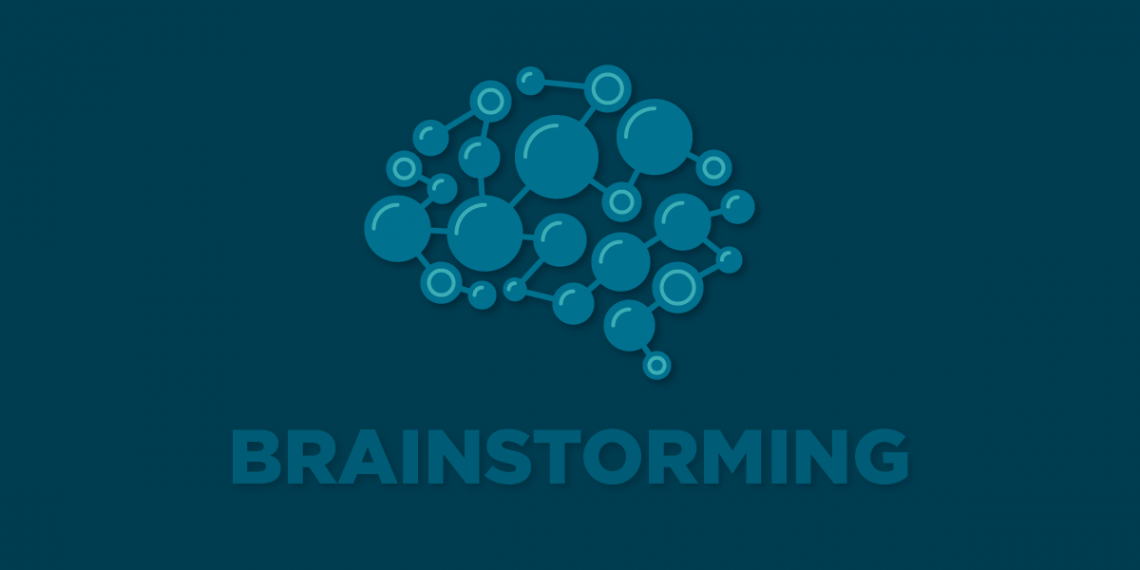Until now, business decisions have been made according to the facts and figures, extrapolating historical data trends to the future. As the era of information technology continues to move forward, there are more and more opportunities for you to leverage the power of it. New technology, based on machine learning and artificial intelligence, goes beyond supporting the decision-making process to the point where most of the decision-making is autonomous and independent.
Business Value of Machine Learning
Information technology, in general, is a huge driving force of productivity and organizational performance, providing the ability to easily collect and process information. Companies that invest in digital transformation are increasing their value in every area. While some of them are easily identified such as time and cost savings, there are specific areas that cannot be easily identified, such as speed and agility. These are not easily measurable but are recognized as critical because slow decision-making is a factor that cripples the organization and allows competitors to gain market share. Also, the speed of decision making must not be increased at the expense of quality. Good execution of bad ideas does not add value and ultimately leads to failure. Assuring that your decision-making process is time-efficient and well structured can be done by leveraging cutting edge technologies like machine learning.
Machine learning programs need large amounts of data and proper insights in order to function. They use this data to build their models. According to the amount and type of data you have, we can differentiate between 4 types of analytics, offering different types of insights.
1. Descriptive analytics
The simplest form of analytics that uses only past data to describe what happened and when. The purpose of this analytics is to break down the big data into logical segments. It uses descriptive statistics of existing data to make it more understandable and suitable for presentation to stakeholders.
2. Diagnostic analytics
Explains why something happened by taking a deeper look at historical data. It helps you understand why and how certain factors affected the outcome. The most used training algorithms in this type of analytics are for classification and regression. Although it doesn’t provide actionable insights, it provides a deeper understanding of causal relationships.
3. Predictive analytics
This type is used to forecast what might happen by calculating the probability of events occurring. Predictive analytics relies on machine learning algorithms and statistics to provide accurate predictions. Sometimes, it can even support complex forecasts in sales and marketing.
4. Prescriptive analytics
This is the most advanced analytics because it recommends a course of action based on predictive analysis. It also works both ways ‒ recommending specific action for a favorable outcome, and forecasting an outcome based on the action taken. The most recognizable employment of this type is the optimization of recommendation engines.
Business Process Automation
Data-oriented companies are engaged in collecting and storing information and utilizing it for business process improvement. Depending on the amount of data, a company can upgrade the type of analytics it produces, but it can also automate certain decision-making processes.
Let’s take an example of this automation in your Innovation Department. The most suitable starting point for automation is using an innovation management software that stores data related to your innovation activities. To put this data to effective use and analyze typical trends in decision-making processes, you will need a machine learning framework. For example, Innovation Cloud Enterprise has an automated approval process that prevents the creation of bottlenecks. Sometimes there are too many decision-makers involved in the approval process, and sometimes responsible people are just too overloaded with work. One way or another, the decision-making gets postponed, and the best way to avoid this is to automate well-structured decisions. When the innovation project needs to be pushed further into development, machine learning tools can inform decision-makers what were their typical answers in the past for that specific situation.
Decision-Making supported by Machine Learning
Another example of using machine learning tools within Innovation Cloud Enterprise is Score Report. You want to know which idea has the best scores? By which criteria? What’s the one with the biggest potential? Every time you’re having second thoughts about your next big idea, you should consider using this report. It provides detailed information based on various criteria and indicators set in accordance with the overall company strategy. The spider chart is very engaging, amazingly transparent and answers to your questions are one click away.
To make data-driven decisions the norm in your business means to create a culture that not only encourages but mandates collaboration and transparency. Securing a free flow of information through the organization allows you to make informed decisions and profit from them. Not only investing in technology, but actual usage of it is the key variable to explain increased performance. Request your free demo today!






